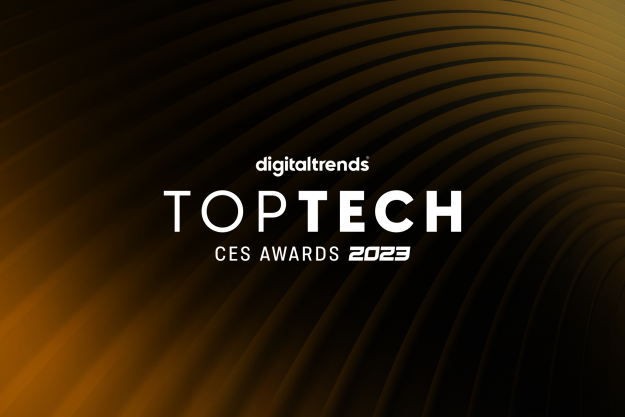There’s no doubting that graphene, a single layer of graphite with the atoms arranged in a honeycomb hexagonal pattern, is one of science’s most versatile new materials. Capable of doing everything from filtering the color out of whisky to creating body armor that’s stronger than diamonds, graphene exhibits some truly unique qualities. However, while some mainstream uses of graphene have emerged, its use remains limited due to the challenge of producing it at scale. The most common way to make graphene still involves using sticky tape to strip a layer of atoms off ordinary graphite.
That’s something that researchers from the University of Rochester and the Netherlands’ Delft University of Technology have been working to change. They’ve figured out a way to mass produce graphene by mixing oxidized graphite with bacteria. Their method is cost-efficient, time-efficient, and sustainable — and may just make graphene a whole lot more available in the process.
“In our research, we have used bacteria to produce graphene materials on a bulk scale, and we showed that our material is conductive, and both thinner and able to be stored longer than chemically produced graphene materials,” Anne Meyer, professor of biology at the University of Rochester, told Digital Trends. “These properties demonstrate that our bacterial graphene would be well suited for a variety of applications, such as electrical ink or lightweight biosensors. Our approach is also incredibly simple and environmentally friendly compared to chemical approaches. All we have to do is mix our bacteria with the graphene precursor material, and leave them sitting on the benchtop overnight.”
Of the many applications possible for graphene, Meyer said that the team’s bacterial graphene could be especially useful for making electrical or conductive ink, making it possible to cheaply and easily draw small circuits on any surface. Since the team’s graphene can easily be chemically modified to add on sensor molecules, it could also be useful for making biosensors which operate over long periods of time — for instance, being used to detect blood sugar levels for people with diabetes.
“We also showed that we could perform ‘bacterial lithography’ whereby a single flake of graphene precursor was converted to graphene material on only one of its sides,” Meyer continued. “This patterned graphene material could be useful by self-assembling into nanostructure composite materials.”
There is still more work to be done before this new approach can be taken forward, however. “It would be great to upscale our production process even further, to make liters of bacterial graphene rather than the milliliters that we are currently able to produce,” Meyer said.
A paper describing the work was recently published in the journal ChemOpen.
Editors' Recommendations
- An ultra-thin graphene layer could help protect next-gen solar panels
- Chemists find a way to transform trash into wonder material graphene


